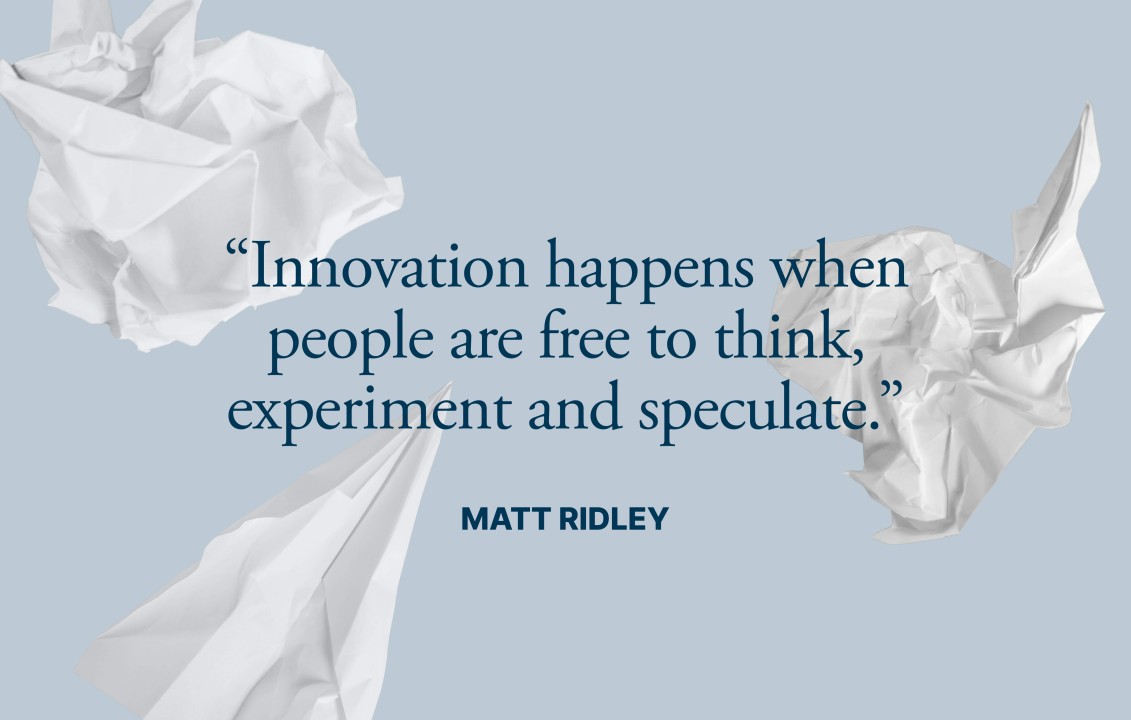One of the habits at Spotify that really inspired me was their MegaCAB.
Having worked 3 years I had the chance to participate as a coach, then as an organiser and finally as a Product team member. And I trully believe this is a critical asset of their R&D culture as explained here by Marcin Floryan and Helen Greul
The concept of a Customer Advisory Board (CAB) is not Spotify’s, nor does it have a single inventor. It evolved over time as companies sought better ways to engage with their customers, gather feedback, and enhance their products and services. CABs are a strategic tool used by many organizations across various industries to foster closer relationships with key customers and gain insights into market needs and trends.
While it’s difficult to pinpoint an exact origin or individual who invented the CAB, the practice became more formalized and widespread in the late 20th and early 21st centuries as businesses increasingly recognized the importance of customer-centric strategies. Pioneering companies in the technology and software industries, known for their customer engagement and feedback mechanisms, were among the early adopters of structured Customer Advisory Boards.
This article explores the concept of CABs, their benefits, best practices for implementation, and real-world examples of success.
What is a Customer Advisory Board? (and why do you need one?)
A Customer Advisory Board is a group of key customers who meet regularly with a company’s leadership team to provide feedback on products, services, and business strategies. CABs serve as a strategic forum where customers can share their experiences, discuss industry trends, and collaborate on future developments.
Businesses assemble customer advisory boards with several common objectives in mind, including:
- Guiding Strategic Direction: CAB create an open forum where key customers can discuss why they chose the company over competitors, what they like about the products, and what they’d like to see next. This feedback is invaluable in focusing strategic efforts and resources.
- Shaping the Product Roadmap: Customers provide insights into how they use the products, what aspects are most beneficial, and what additional functionality they desire. This input directly influences the development and enhancement of the company’s offerings.
- Increasing Customer Loyalty: CAB members often feel more connected to the company, leading to increased loyalty and spending. Research by Ignite Advisory Group indicates that B2B businesses with CABs experience an average of 9% more new business from CAB members compared to their broader customer base.
- Understanding Buying Triggers: CABs help businesses understand what drives purchasing decisions within their market, enabling more targeted and effective sales strategies.
- Providing Beta Users for New Products: CAB members serve as beta testers for new products, offering practical feedback and ensuring the product meets market needs before a broader release.
- Identifying New Markets: Insights from diverse CAB members highlight potential new markets and opportunities for expansion.
💎 The goal is to create a two-way dialogue that benefits both the company and its customers 💎
How to implement a CAB in your company?
Implementing a Customer Advisory Board (CAB) in a fast-paced, agile, and dynamic startup environment requires a blend of strategic planning and flexibility. Unlike large corporations, startups / scale up often have the advantage of a more adaptable and innovative culture, which can be leveraged to create a highly effective CAB.
1. Define Clear and Flexible Objectives
- Initial Goals: Start by defining specific objectives for the CAB, such as validating new product features, gathering market insights, or shaping marketing strategies. These objectives should align with your company’s current stage and immediate needs.
- Iterative Focus: Given the context change in Tech, be prepared to adjust the CAB’s focus based on evolving priorities. For instance, initial meetings might focus on product feedback, while later sessions could pivot to market expansion strategies.
2. Curate an Engaged and Diverse Member Base
- Select Passionate Participants: Invite key customers who are enthusiastic about your product and can provide honest, actionable feedback. In a startup environment, these are often early adopters who have a strong personal investment in your success.
- Diverse Representation: Ensure the CAB includes a cross-section of customers from different industries, company sizes, and geographic locations. This diversity helps you gain a broader perspective and identify varied market needs.
3. Create a Collaborative and Interactive Environment
- Engaging Formats: Utilize interactive formats like workshops, brainstorming sessions, and live demos. For example, consider a design thinking workshop where CAB members can collaboratively work on new feature ideas.
- Explore Gamification: Incorporate elements of gamification to make meetings more engaging. This could include voting on ideas using interactive tools or using gamified feedback systems.
4. Leverage Technology for Seamless Collaboration
- Virtual Platforms: Use collaboration tools like Slack, Microsoft Teams, or Zoom for virtual meetings. These platforms facilitate real-time discussions, share documents, and maintain ongoing communication between meetings.
- Real-Time Feedback Tools: Implement tools like Miro or Trello for collaborative session, and Mentimeter or Slido or Polly feedback during meetings. These tools allow CAB members to contribute ideas and vote on suggestions in real time.
5. Develop a Dynamic and Relevant Agenda
- Pre-Meeting Surveys: Send out pre-meeting surveys to gather input on topics and issues CAB members want to discuss. This ensures the agenda reflects their interests and concerns.
- Flexible Agendas: Design agendas that allow for flexibility and spontaneous discussions. Allocate time for structured discussions as well as open forums where members can raise topics or concerns on the spot.
6. Foster a Culture of Openness and Inclusivity
- Transparent Communication: Be open about how CAB feedback will be used and the impact it will have on your products and strategies. This transparency builds trust and encourages more candid feedback.
- Inclusive Atmosphere: Create an environment where every member feels valued and heard. Encourage diverse viewpoints and ensure all members have the opportunity to contribute.
7. Act on Feedback and Share Results
- Immediate Action: Show that feedback is valued by implementing suggestions promptly and visibly. Communicate any changes or improvements made as a result of CAB discussions.
- Regular Updates: Keep CAB members informed about the progress of initiatives discussed in meetings. This could be through regular email updates or brief follow-up sessions to discuss progress and gather additional feedback.
8. Celebrate Contributions and Build Community
- Recognition: Acknowledge and celebrate the contributions of CAB members. This could be through shout-outs in meetings, thank-you notes, or small tokens of appreciation like company swag.
- Networking Opportunities: Foster a sense of community by organizing networking events or informal meet-ups where CAB members can connect with each other and your team.
- Make it a fun enjoyable experience 🙂
9. Iterate and Evolve the CAB Process
- Regular Reviews: Periodically review the effectiveness of the CAB and make adjustments based on feedback from members and your team. This iterative approach helps ensure the CAB remains relevant and valuable.
- Agile Adjustments: Be prepared to pivot or evolve the CAB structure as your startup grows and market conditions change. This could involve adjusting member composition, meeting frequency, or focus areas.
10. Integrate CAB Insights into your agile cycles
- Sprint Planning: Integrate CAB feedback into your agile planning sessions. Use insights from CAB members to prioritize features and improvements in your development backlog.
- Continuous Feedback Loop: Establish a continuous feedback loop with CAB members, incorporating their input into every iteration of your product development cycle.
By tailoring these best practices you will be able to create a Customer Advisory Board that not only gathers valuable insights but also fosters a strong, collaborative relationship with key customers. This approach helps ensure that the CAB contributes meaningfully to your company’s growth and success while aligning with a dynamic and cool company culture.
Other Real-World Examples
Microsoft: Microsoft has effectively utilized CABs to gather feedback on its enterprise software solutions. By involving key customers in the development process, Microsoft has been able to refine its products and better meet the needs of diverse industries.
Salesforce: Salesforce’s CABs play a crucial role in its customer-centric approach. The company regularly engages with customers to discuss product enhancements, leading to features that directly address user requirements and improve customer satisfaction. They also used the approach for their partners.
Cisco Systems: Cisco leverages CABs to gain insights into networking and communication needs. This input has been vital in guiding Cisco’s innovation and maintaining its leadership position in the technology sector.
Customer Advisory Boards are a powerful tool for businesses aiming to stay ahead in a competitive market.
By fostering a collaborative relationship with key customers, companies gain valuable insights, drive innovation, and enhance strategic alignment. Implementing a CAB requires thoughtful planning and commitment, but the rewards—in terms of customer loyalty, market intelligence, and product success—are well worth the effort.
As businesses continue to prioritize customer-centric strategies, CABs will undoubtedly play an increasingly important role in shaping the future of products and services across industries.
Ready to Elevate Your Customer Engagement?
If you’re ready to harness the full potential of a CAB and drive your business growth, I am here to help. Based on my first hand experience, I can help your teams :by providing :
- Customized CAB Design: to create a tailored CAB strategy that aligns with your goals and company culture.
- Facilitation and Management: From setting agendas to managing meetings, I handle all aspects to ensure productive and engaging sessions.
- Insight Integration: I help you seamlessly integrate feedback into your product development and strategic planning processes.
Don’t miss out on the opportunity to transform customer feedback into actionable insights and strengthen your market position. Contact me to schedule a consultation and discover how we can work together !




